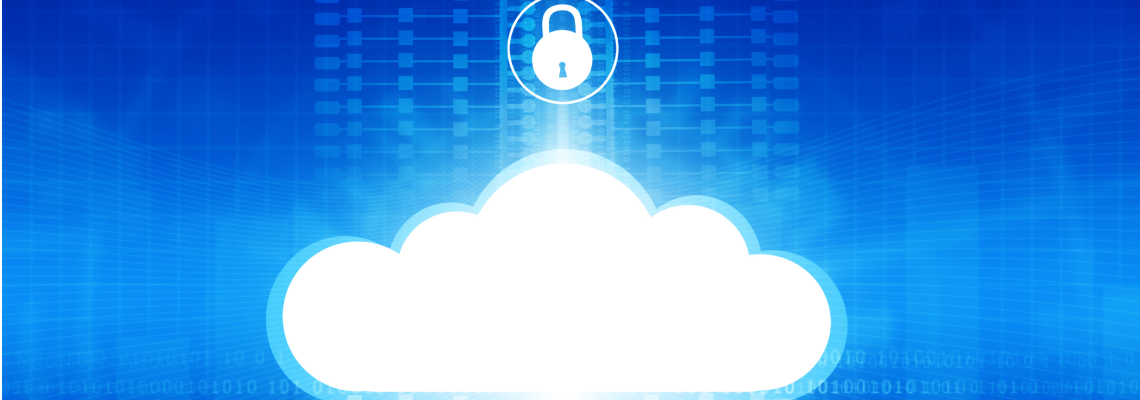The digital transformation will require a Secure Access Service Edge (SASE) delivered in the cloud, as traditional infrastructure is no longer sufficient.

As organizations seek to accelerate their digital transformation and adopt SaaS solutions and other cloud-based services, more data and applications are operated outside of their traditional infrastructure, namely the data center.
One of these services, edge computing, turned the corporate network “inside out”, reversing historical patterns that placed this device as the center of connectivity. Now, the center is in the cloud.
This means that the perimeter of the business is no longer a place, but a set of dynamic resources present everywhere the company needs. That is why leaders in security and risk management will need a secure access service edge, delivered in the cloud, to address this new configuration.
Gartner's SASE model precisely meets this demand. Keep following the article and understand all the details of this technology for the future of network security.
What is SASE?
It is a fact that the future of network security is in the Cloud, technological innovations have been exposing this condition for some time. Secure Access Service Edge (SASE) is a technology created to optimize the quality of these changes.
SASE is an intelligent structure that guarantees the secure access of users and devices to the cloud. A service edge, which protects the connection, is created allowing access to resources to be made without risk, regardless of their location, network location, and time of request.
The technology converts network and network security into a single cloud solution, meeting the diverse demands of digital evolution, cutting-edge computing, and workforce mobility with efficiency, security, and speed.
According to Gartner, by 2024, at least 40% of companies will have explicit strategies to adopt the Secure Perimeter Access Service.
How does SASE work?
This technology offers secure software-defined access based on policies on an adaptive network. Considering the real context of the business, security professionals can accurately specify the level of performance, reliability, security, and cost of each network session.
It is able to structure efficiency adaptations as the user's behavior is analyzed and the subsequent risks increase, or as the device's confidence decreases. Thus guaranteeing the competence of such operations.
Its emergence created the opportunity to enable the dynamic access requirements of digital transformation. Combining comprehensive WAN features with network security functions (such as SWG, CASB, FWaaS, and ZTNA), SASE supports all operations in the cloud.
In other words, it reinforces the maxim that the future of network security is in the cloud; SASE redefines corporate networks and network security architecture to reshape the future of the competitive landscape.
Let's see an example? A sales team chooses to employ mobility solutions to optimize its operational effectiveness. However, using the internet over public Wi-Fi may not be secure, making access to corporate applications and data a challenge.
Under these circumstances, the SASE framework allows the company to build an edge of secure access services, maintaining navigability and allowing for tighter control of users, data, and devices connected to the network. All this without time and place restrictions.
Therefore, it is an ideal alternative to ensure the security of data traffic in the cloud and optimize the performance of the team remotely.
What are the benefits of SASE?
According to Gartner, security and risk professionals need a worldwide mesh of network protection resources that can be applied when and where the company needs it. The future of network security is in the cloud and the Secure Access Service Edge can streamline the entire process.
Some of the main advantages of this technology are:
- Centralized policy with local application
The technology allows you to centralize management in the cloud but includes local decision making when needed.
- Lower costs and complexity
With SASE, Network Security as a Service should come from a single provider. By consolidating suppliers and technology stacks, it is possible to reduce costs and complexities and minimize network failures.
- More effective network and network security staff
The Secure Access Service Edge simplifies cybersecurity management in organizations and increases the efficiency of IT staff. Such professionals improve their understanding of the business, network regulations, access requirements, etc., to optimize strategic decision-making.
- New digital business scenarios
SASE allows the company to develop applications, services, APIs and shareable data (for partners and employees) with less exposure to mass risks.
- Improved performance and latency
SASE provides latency optimization, improving performance, and routing at points of presence. This is especially interesting for collaboration, video, VoIP, and web conferencing applications.
- Minimized operational overhead
The Secure Access Service Edge reduces the number of agents needed on a device or the amount of equipment on the premises, allowing for consistent applications anywhere.
In addition, upgrading to new threats does not require hardware or software deployment.
- Zero Trust enabled
With SASE, the protection approach is that of Zero Trust, where access to the network is based on the identity of the user or device, and not on the IP address or physical location. Thus, the technology guarantees maximum protection inside and outside the network.
In addition, security leaders can adopt the CARTA (Continuous Adaptive Risk and Trust Assessment) to maintain this continuous monitoring.
Therefore, the corporate data center is no longer the center of network architecture. It is just one of the many Internet-based services that users and devices will need access to.
The future of network security is in the cloud and SASE plays a key role in protecting and enhancing the process.





